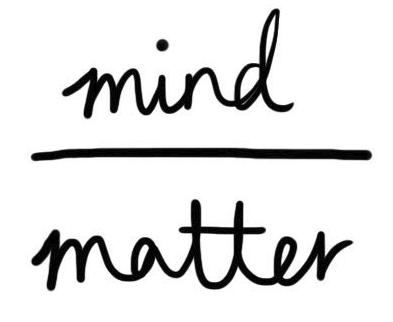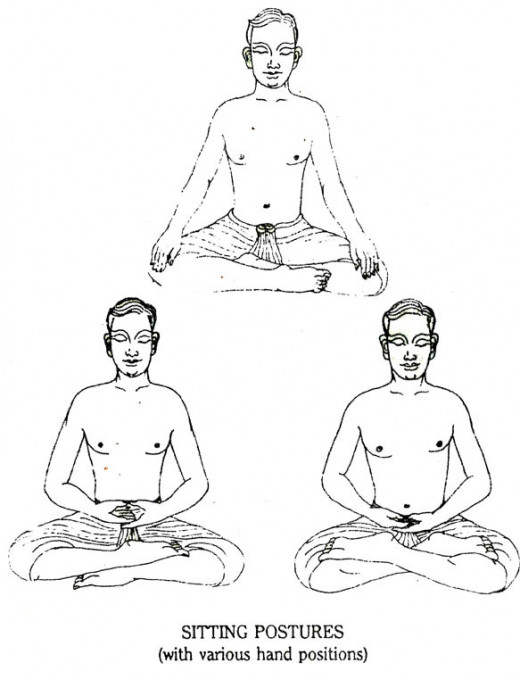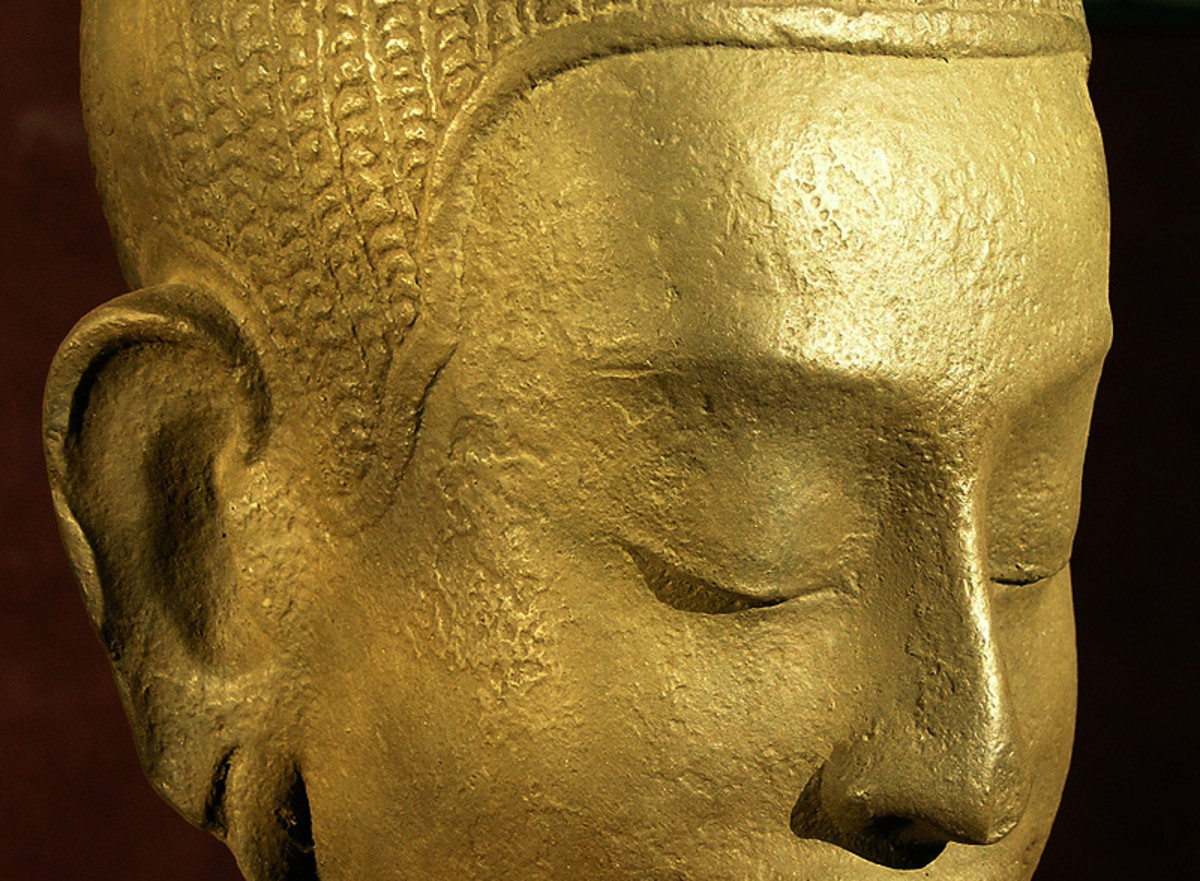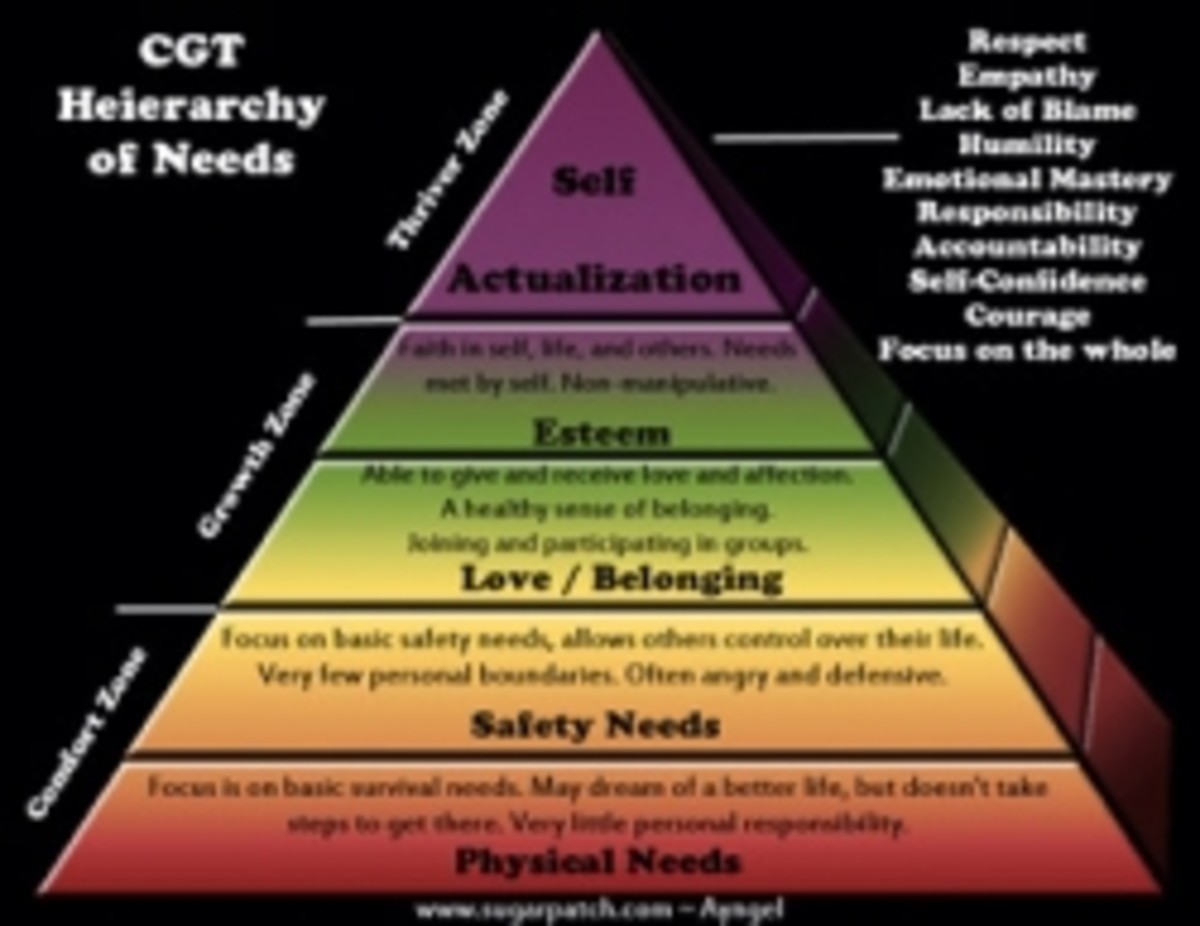A Practical Guide To Using Meditation For Facing Everyday Problems

"If you want to find God, hang out in the space between your thoughts"
- Alan Choen
Meditation and misconceptions...
What is meditation?
Fortunately or unfortunately there are no universal definitions for 'meditation'. Meditation is a process. A process by which you strengthen your mind. A process by which you control your mind-the most powerful weapon a human possesses.
There are numerous ways in which meditation can be done. You don't need to know all of them. In fact some types of meditations are so 'deep', they cannot be practiced by ordinary people like us. But the good news is there are very simple forms of meditations that could benefit you equally well, or even better than those rigorous techniques. Wherever your mind is at work, a form of meditation occurs.
Why meditation?
Us ordinary, busy, mechanistic people have not tapped our real potentials to achieve greatness. And this potential is driven by your mind. Training your mind in the correct path can help us tap open this potential to lead more successful physical and spiritual lives.
Our body needs food and exercises to stay healthy. Without them our body weakens. So what have we done of late to strengthen our mind? Most probably, nothing. Our physical and intellectual skills only can take us so far up the journey. The true journey begins when have you awaken your mind.
Misconceptions about meditation
The most common misconceptions are that meditation is something reserved for the clergy and extremely religious people. The truth is by far the opposite. The clergy will anyway lead a simple and a calm life and he may anyway possess a calm and a strong mind. It is us, the ordinary, busy and stressed people, who need meditation to gain some balance in our lives.
Another misconception would be that meditation is used 'in pursuit of truth', 'in search for answers for universal questions', 'in search for god' and etc etc. The meditations that we should practice are not aimed at these goals. The meditations that we follow simply aim at benefiting us with a calm and a strong mind and gain some balance to our lives. However there are meditations that are aimed at the above said 'ultimate questions' of life and universe and god. But let's leave them to the religious leaders to explore.

Finding answers to everyday problems through meditation...
Ok, first of all, this is not literally about 'finding answers' per say, but rather successfully facing your problems and finding inner peace to carry on with your life. After-all if there were answers to all the problems we face in life, there wouldn't be any problems left, all of them would have been answered thousands of years ago.
Getting back to the topic at hand, we must have a good understanding of what problems could be addressed through meditation. As I have mentioned above, meditation is a process of strengthening and empowering your mind and mind is the most powerful tool a human possesses. So through meditation we can definitely solves almost all psychological problems and most of the physical problems as well. Yes, your mind can affect your physical body as well.
We, in the 21st Century, are so busy with our lives. Work, studies, work, children, children's education, work again, duties, responsibilities etc and etc. There seems no end to this maze. This naturally causes immense pressure and stress on us. Stress, or high stress, is very bad for our physical and psychological health. You would not believe the relief you will feel with just 5 minutes of meditation a day. On the very first day of starting your meditation you will be able to feel it. An amazing feeling of bliss, like all your troubles sailed ashore. But underneath this feeling a lot of chemical activity has already taken place inside of your body withing that mere 5 minutes. Those 5 minutes will cleanse your blood circulation, efficiently cleaning the bad (used up) blood and pumping fresh (cleansed through the heart) to your system. Pumping blood effectively to your brain so that its functioning improves drastically. This will help reduce the immense stress level within you.

The type of meditation...
Out of the numerous ways of meditation types, there is one simple form of meditation that is easy to follow and easy enough to do almost anywhere. You won't need fancy clothes, fancy seating aids, incense sticks, candles or any of those physical stuff. They only make meditation complicated.
So the meditation I recommend is named the 'Anapanasati Bawana'. Here Bawana means meditation and Anapanasati means consciousness about inhaling and exhaling.
Yes, it is simple like that. This meditation is all about keeping focus on your natural inhaling and exhaling of breath. Remember, you should not force your natural breath, it should flow in and out in the natural way it does when we are not aware of it.
How to practice Anapanasati Meditation
- First of all find a calm and quite environment, a solitary room in your house is perfect. Any other disturbance-free place is also a perfect fit. All you want is calm and quietness, because a novice meditator will not be able to focus on breathing if surrounding is full of noises and disturbances. But after you master this meditation, you will be able to focus on your breath even in a crowded train.
- Then you should get into a comfortable position. This should not be an overly comfortable position so you will not fall asleep the second you sit down there.
- Get into a comfortable posture. The key thing to remember is that your spine must be straight as possible to reap the benefits of this meditation. Sitting is recommended since it helps the blood circulation, but this meditation can be done laying on something or even walking. Choose any posture of your choice that you think will help you concentrate on the breathing most.
- Do not fully close your eyes, but close them about 80% so only a faint, blurred image is visible. This will help you to not get distracted by any images in front of you. Some people experience mild headaches when eyes are fully closed and are made to concentrate on the breathing. So it is advised that you do not fully close the eyelids.
- Draw a few (usually about 7) deep breaths and ready yourself.
- Determine yourself that you will be able to focus on your breath for 5 minutes. This determination plays an important role in preparing your mind for the meditation.
- Then begin focusing on your inhales and exhales. Never force the breath. Just let it flow and be mindful about it. You can mentally think about it. Mentally repeat 'inhaling' when you are inhaling and 'exhaling' when you are exhaling. Or you can count your breaths, but this will probably distract you with numbers. Anyway the aim is to keep your mind aware about what you are doing, rather than making you fall asleep in the process.
- Keep up the process for about 5 minutes. You can keep an alarm or something to remind you of the time, but if you are comfortable doing the meditation it is recommended that you keep up as long as you can.
- When finishing, draw a few deep breaths and finish the meditation.
Benefits of Anapanasati Meditation...
This meditation has numerous amounts of benefits.
- Improves blood regulation, cleanses the blood and improves blood flow to your brain.
- Activates inactive brain cells and your cognition will improve.
- Your stress will reduce, you will be able to face stress, pressure and change effectively.
- You will become more active and energetic.
- Physical illnesses will reduce.
- Sound sleep (no need of pills).
- Improves concentration, which is immensely helpful for students.
Read more on Anapansati Meditation...
A little moral support...
There are a massive amount of benefits of this meditation if you practice it daily. But at the beginning, you will find it pretty difficult and annoying. Your posture will give you aches, a mosquito may buzz right in your ear, your spine may hurt etc. However in such aches you should not force through the pain. Because it may not be very good for your physical health and usually a physical ache means you are in a wrong posture. The preferred meditation postures (once you are used to them) will not give you any kind of ache, and you will be able to sit in those postures even for hours.
Start small first. 5 minutes on the first day and increase the time gradually. It is not practical to try to meditate for an hour on the very first day. You will give it up on the first day itself. Gradually improve. Also continuous practice is important. Meditate for one day, then skip four days and again meditate for one day will not give you any benefit. It will be a waste of time. No matter the little time you do meditate, do it daily.
If you have any questions please feel free to leave a comment.












